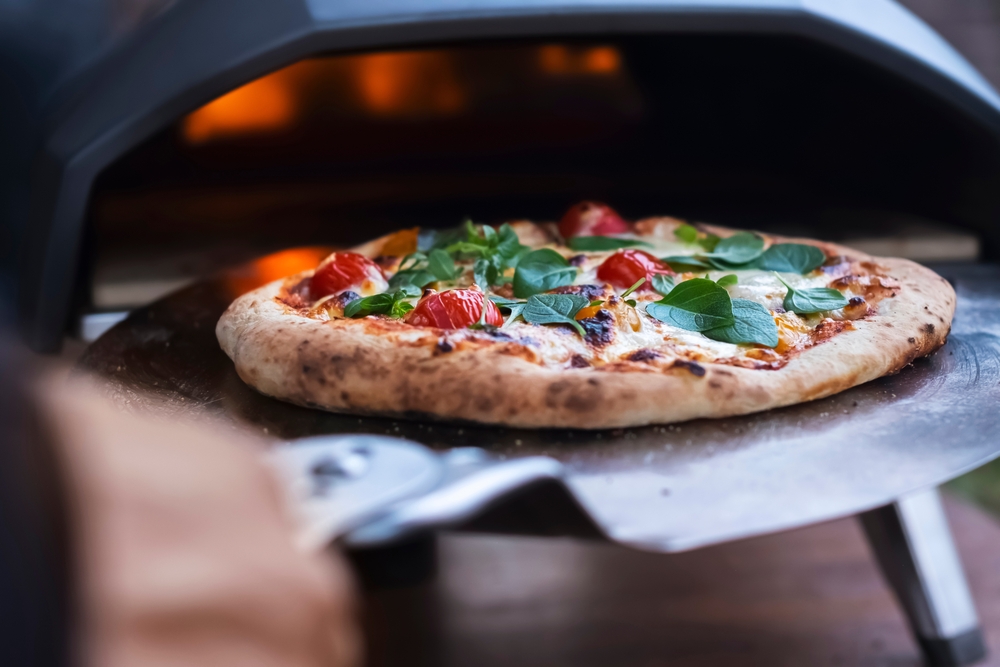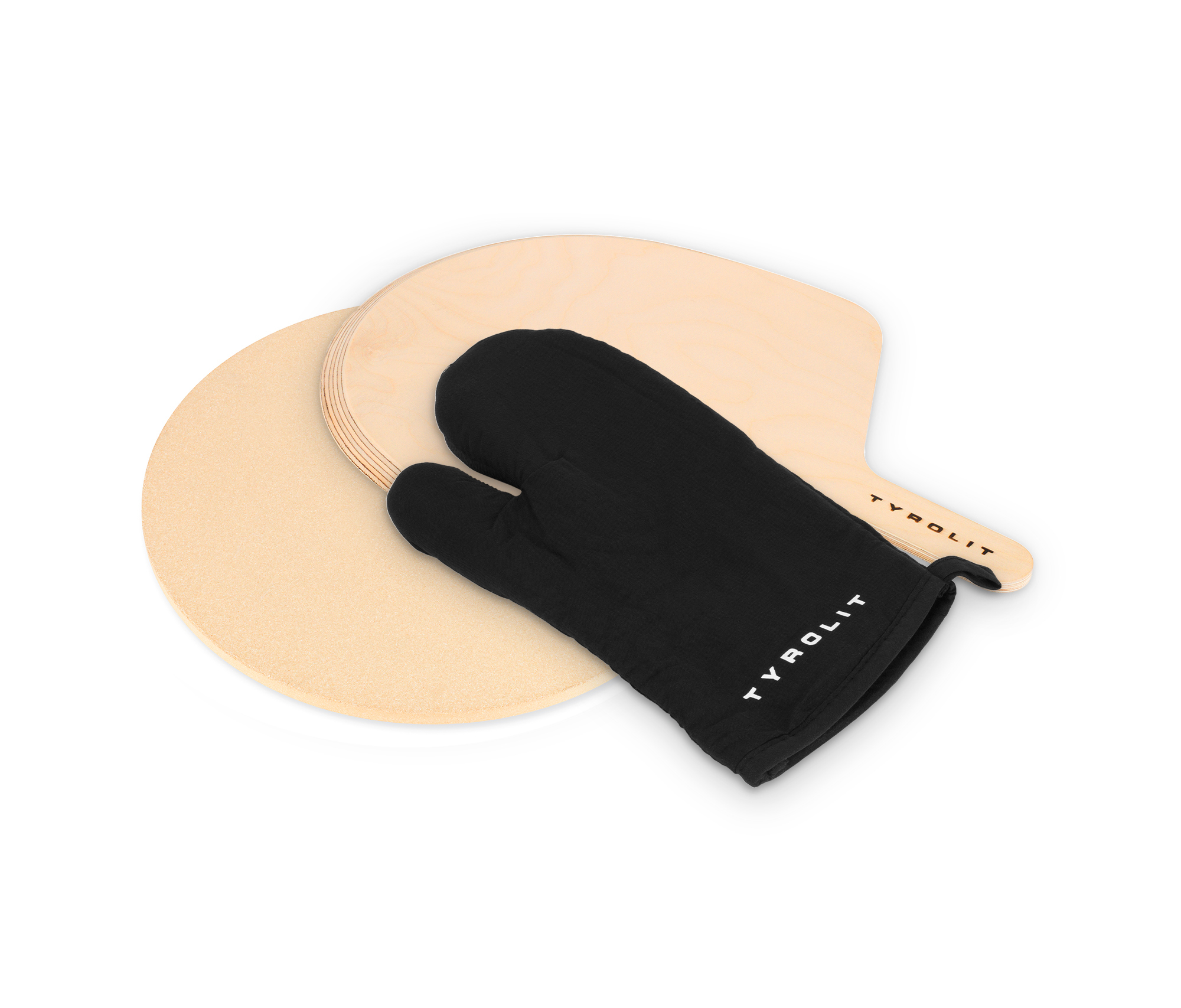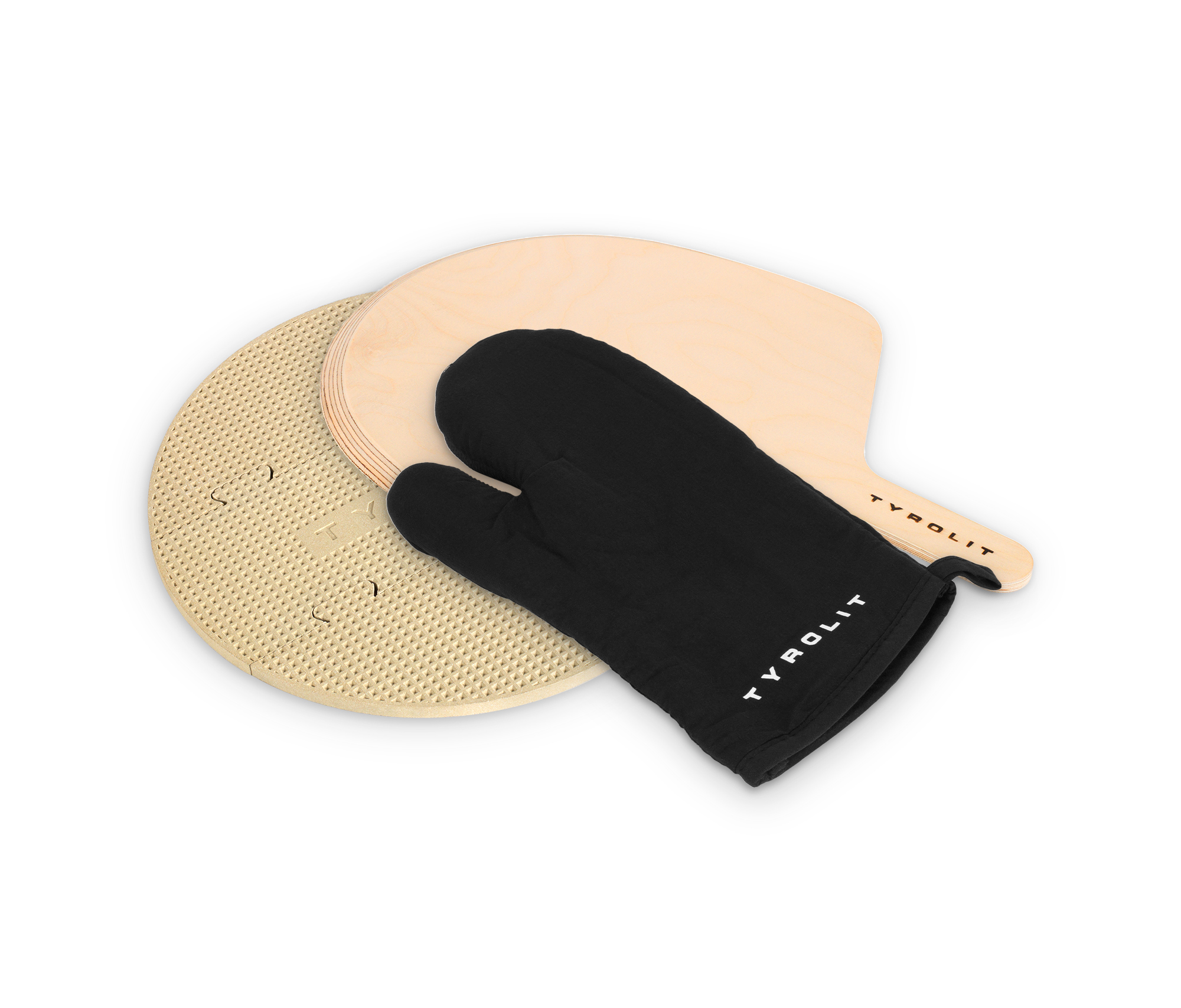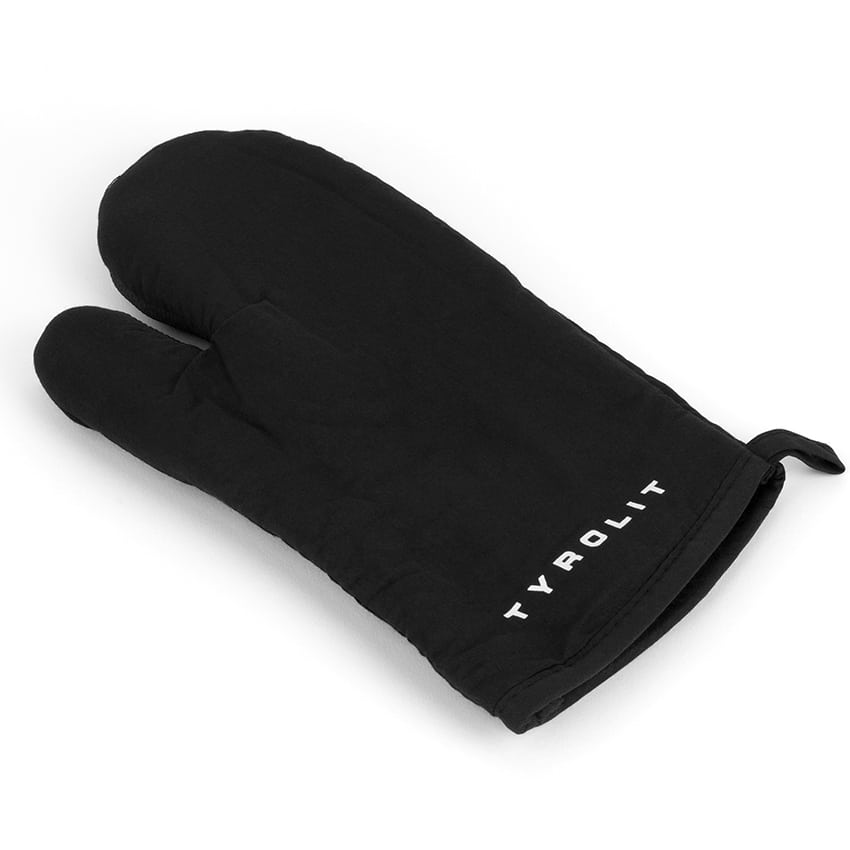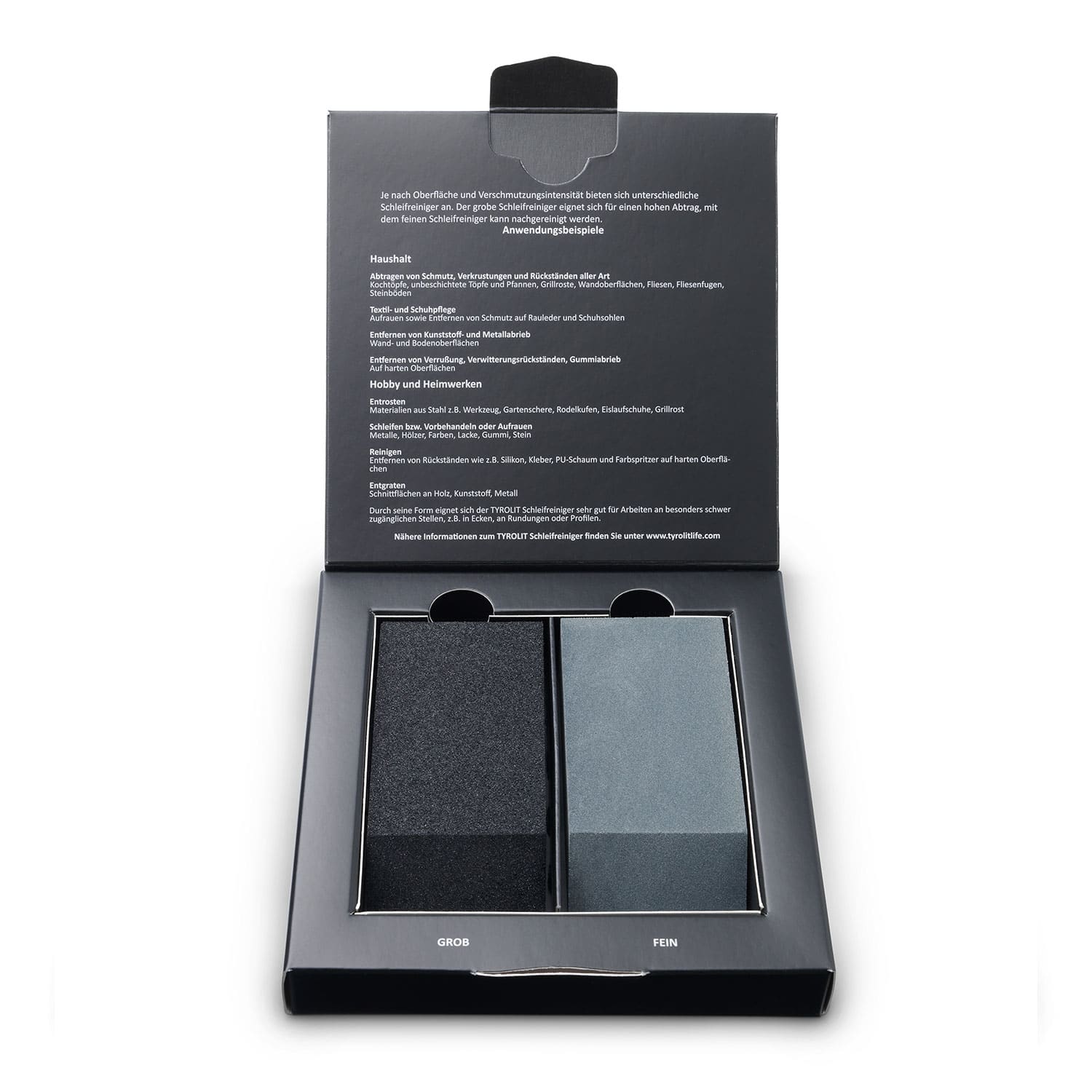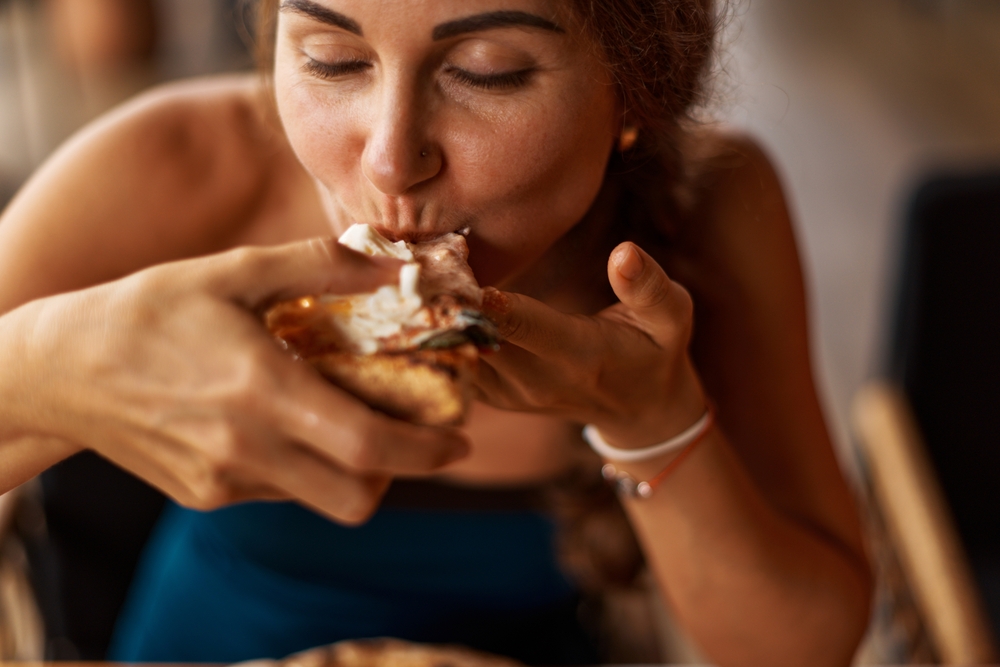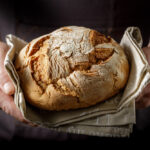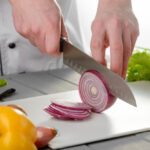What should I consider with a pizza stone?

Pizza stones have become a true must-have for ambitious amateur chefs and food enthusiasts. Because a pizza stone brings numerous advantages both when preparing a hearty pizza and when baking bread and even sweets.
However, there are quite a few things to consider with a pizza stone – ranging from purchasing a brick, to its proper use, and up to its cleaning and maintenance. We will take a closer look at what matters in each of these aspects in this post.
Buying a Pizza Stone – But Which One?
Even during the quick online research, it becomes clear that the variety of different pizza stones is almost endless. Square pizza stone, round pizza stone, large or compact, cordierite or fireclay – the choice is wide.
The differences are mainly reflected in the possible applications and use. For example, a square pizza stone often offers more space, but a round pizza stone can sometimes stand out especially on the kettle grill. Both cordierite and fireclay have good heat storage properties, with cordierite being considered somewhat more robust by many.
Tyrolit Life also relies on cordierite pizza stones, for example, which also heat up particularly efficiently thanks to the special waffle structure.
Heating up the Pizza Stone – Patience over Haste
Patience is required when heating up a pizza stone. Because if the pizza stone is still too cold, you risk that the pizza sticks to the pizza stone and can no longer be loosened – a terrible thought.
It is particularly important to heat up the pizza stone right from the start, i.e. place it on the still cold oven or grill rack. This prevents excessive temperature fluctuations, which could cause cracks to form in the stone. You should burn in your pizza stone before using it for pizza baking.
How long the pizza stone takes to heat up is usually specified by the manufacturer. Tyrolit Life, for example, recommends a heating time of at least 30 minutes, during which the stone heats up particularly efficiently thanks to the waffle structure on the underside. With most models, however, you can expect 30 to 45 minutes (especially with thicker stones), which the stone needs to heat up. Set the oven to about 230°C, while the pizza stone on the grill rises to about 300°C.
How long should you preheat a pizza stone?
Basically, a pizza stone needs 30 to 45 minutes to preheat. There are differences depending on the stone, thickness and heat. We will clarify this!
What Matters When Baking on a Pizza Stone
When using the pizza stone correctly, it is especially important to use caution and a little skill. After all, you want to avoid burns on the one hand and bake a shapely, crispy pizza on the other.
It is recommended to use a pizza shovel and enough flour to get the pizza on the pizza stone. The flour also prevents the dough from sticking to the stone. On the other hand, be sure to refrain from adding oil to the stone – the pizza stone could break, discolour or start to smoke. Baking paper on the pizza stone is also usually not recommended, especially at high temperatures.
Long enjoyment of the pizza stone with proper cleaning and care
Cleaning the pizza stone is no big deal, and its maintenance is manageable. Firstly, it’s crucial to allow the pizza stone to cool down in the oven or on the grill to prevent any cracks from sudden temperature changes.
Clean the pizza stone following the manufacturer’s instructions; typically, a dry or damp cloth suffices to remove flour and light soiling. More stubborn dirt can be carefully scraped off with a ceramic hob scraper.
However, you should avoid contact with water and cleaning agents for your pizza stone, and it must not be placed in the dishwasher. Do not be alarmed if the pizza stone develops stains over time; this natural patina is completely normal. After use, ensure the pizza stone is stored in a dry place and protected from knocks – this way, you will enjoy the stone and the variety of dishes it can help you create for a long time.
5 Tips for the Correct Use of a Pizza Stone
We would like to clear up all questions and uncertainties about the optimal use of the pizza stone with our 5 tips. After this pizza stone masterclass, nothing stands in the way of your pizza enjoyment!
FAQs
What is important in a pizza stone?
Can you put parchment paper on the pizza stone?
What can be done to prevent pizza from sticking to the pizza stone?

